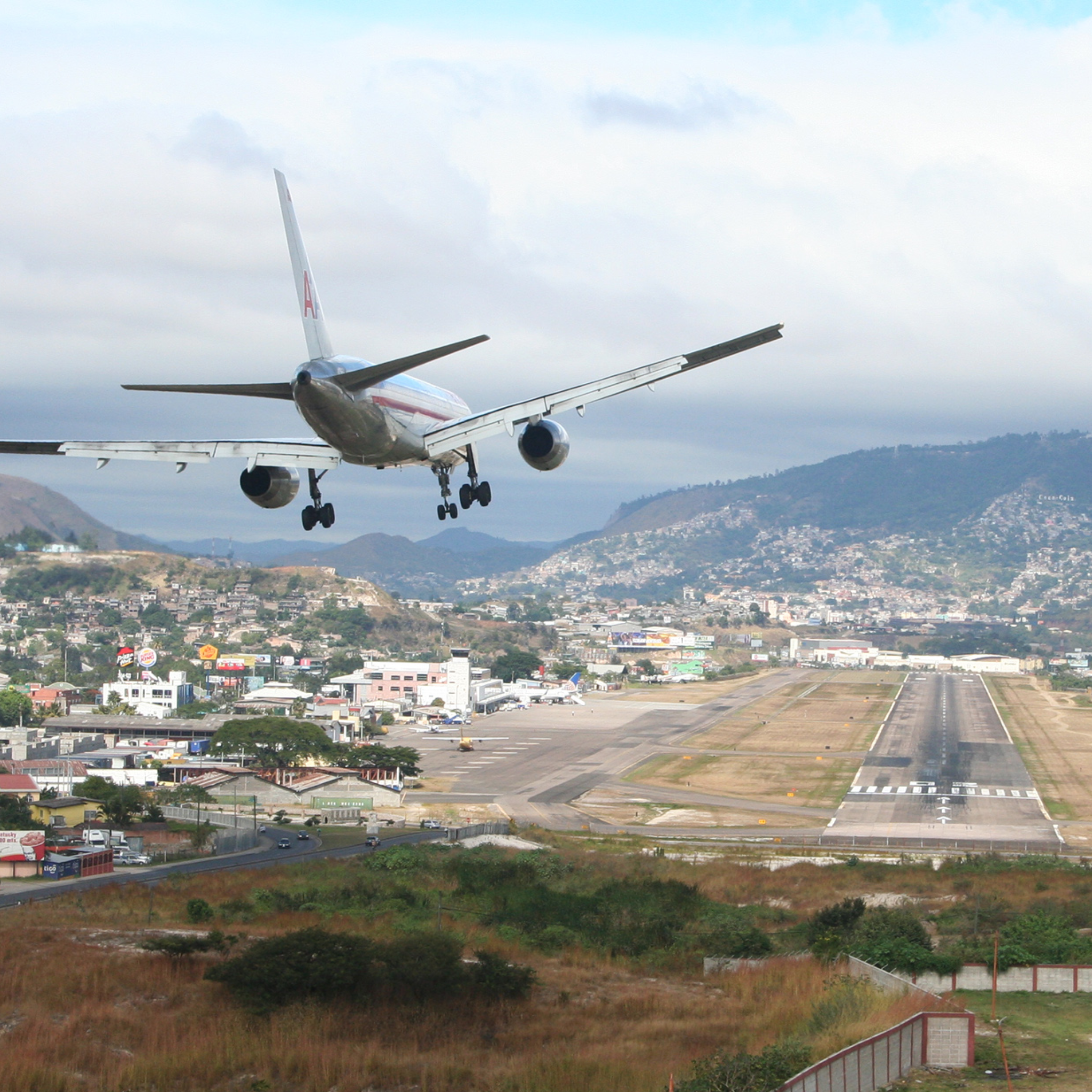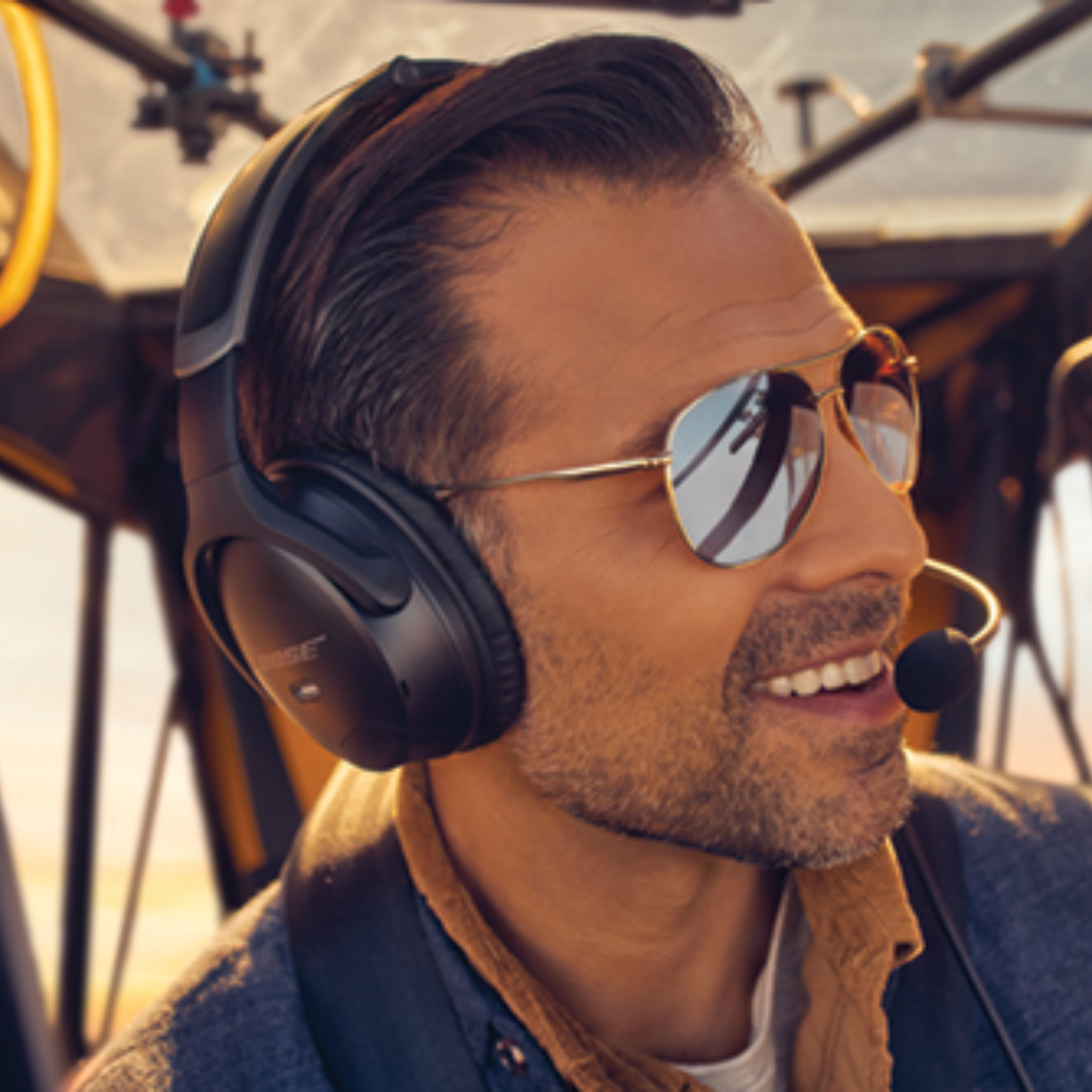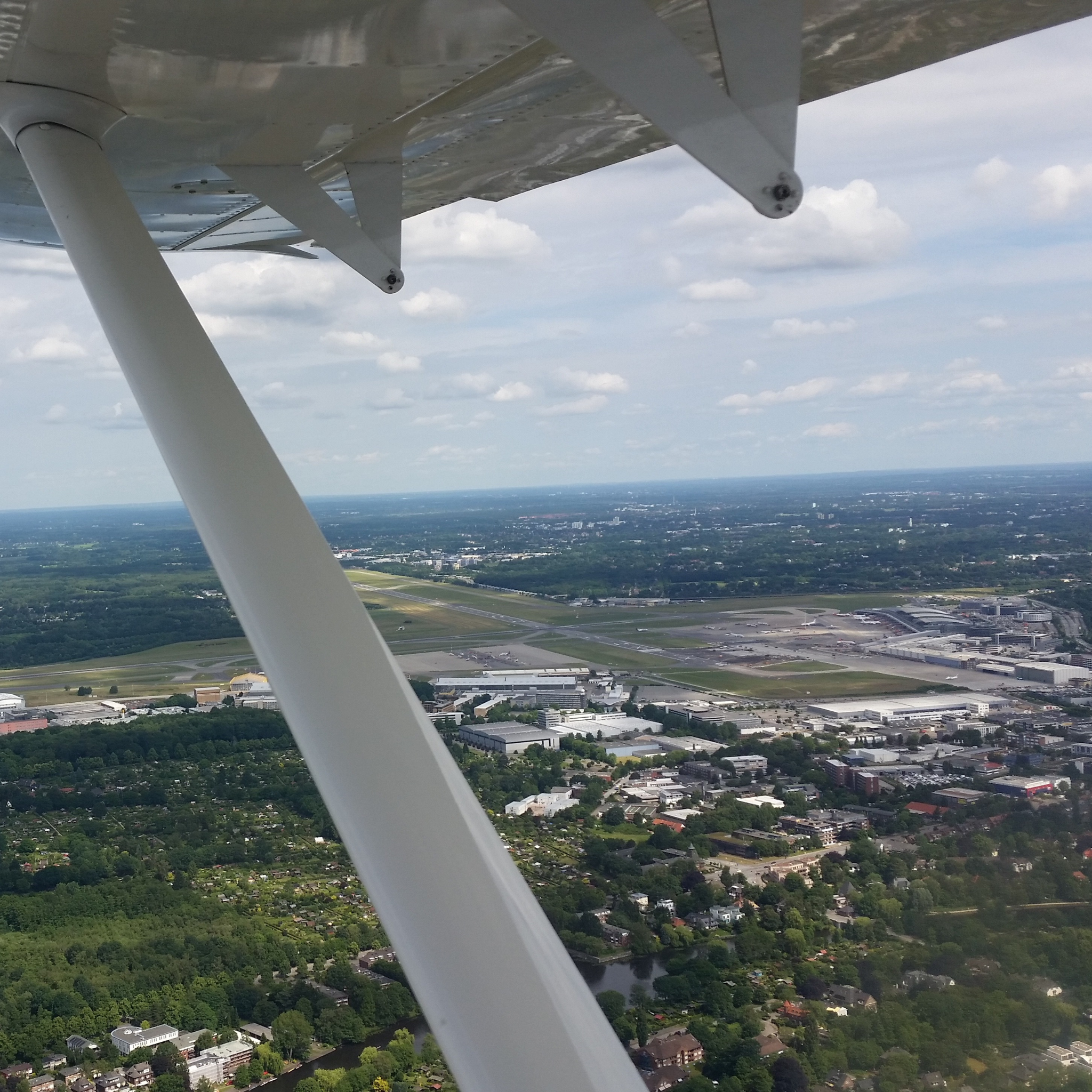
A Clear Guide to Aircraft Approaches in the UK
When it comes to flying, approaches are a critical phase of flight that requires precision, training, and understanding of the different techniques available. Whether you’re a student pilot or a seasoned aviator brushing up on your skills, this guide will help clarify the various types of approaches, how they work, and when to use them. At Arco Aviation, we’re committed to empowering pilots with the knowledge to fly safely and confidently.
What Is an Approach?
An approach is the procedure used to transition from cruise or descent into a safe and stable landing. Approaches vary in complexity and are tailored to suit the weather, airport infrastructure, and the pilot's capabilities. They fall into two main categories: Visual Approaches and Instrument Approaches, with further subdivisions based on the navigational aids involved.
Let’s break them down.
1. Visual Approach
What Is It?
A visual approach is conducted using visual references to the runway and surrounding terrain rather than relying on instruments.
How It Works:- Authorized by Air Traffic Control (ATC) when weather conditions meet Visual Meteorological Conditions (VMC).
- The pilot must maintain visual contact with the runway or the preceding aircraft and ensure separation from other traffic.
- Ideal in clear weather, with visibility of at least 5km and a cloud ceiling no lower than 1,500 feet above the airport.
- Common at smaller airports or to expedite arrivals in uncongested airspace.
Permissions Required:
- ATC authorization.
- Pilot confirmation of visual contact with the airport or traffic.
2. Instrument Approaches
Instrument approaches are used when visual approaches aren’t possible due to poor weather or other factors. They fall into precision and non-precision categories.
What Is It?
Provides both lateral (localizer) and vertical (glide path) guidance to the runway.
How It Works:
- Ground-based transmitters send signals for lateral alignment and optimal descent.
- Pilots follow these signals using cockpit instruments or autopilot for precise tracking.
When to Use:
- Low visibility or adverse weather conditions (Instrument Meteorological Conditions, IMC).
- The most common type of approach at controlled airports.
Permissions Required:
- Instrument Rating (IR).
- ATC clearance for ILS.
Non-Precision Approaches
These approaches provide only lateral guidance to the runway. Common types include:
NDB (Non-Directional Beacon):
- Uses signals from NDB ground stations.
- Less precise and more challenging, typically used as a backup.
VOR (VHF Omnidirectional Range):
- Relies on VOR ground stations to provide radial guidance to the runway.
RNAV (Area Navigation):
- Utilizes GPS or other satellite-based systems for accurate navigation.
- Offers flexibility for airports without ground-based navigation aids.
When to Use:
- When ILS is unavailable or for practice at less-equipped airports.
Permissions Required:
- Instrument Rating.
- ATC clearance for the specific approach.
3. RNAV (GNSS) Approaches
What Is It?
A satellite-based approach offering both precision-like and non-precision options.
How It Works:
- Aircraft’s GPS system provides highly accurate positioning.
- Some RNAV approaches offer vertical guidance (e.g., LPV - Localizer Performance with Vertical Guidance).
When to Use:
- Suitable for airports without ILS infrastructure.
- Increasingly popular due to flexibility and lower operational costs.
Permissions Required:
- Instrument Rating.
- Aircraft equipped with certified GPS.
- ATC clearance.
4. Circling Approach
What Is It?
A maneuver that involves approaching one runway but landing on another.
How It Works:
- After completing an instrument approach to one runway, the pilot visually transitions to align with another runway for landing.
- Requires awareness of obstacles and strict adherence to minimum circling altitudes.
When to Use:
- When the preferred landing runway is not aligned with the approach path.
- Often dictated by wind conditions or operational needs.
Permissions Required:
- Instrument Rating.
- ATC clearance.
- Visual conditions meeting circling minima.
5. Advanced ILS Approaches: CAT II and CAT III
What Is It?
Enhanced ILS approaches for extreme low-visibility landings.
How It Works:
- CAT II: Visibility as low as 350 meters, decision height of 100 feet.
- CAT III: Visibility below 200 meters, with some variants allowing for fully automated landings without visual references.
When to Use:
- Required during fog, heavy rain, or other low-visibility conditions at airports equipped for CAT II/III.
Permissions Required:
- Special certifications for both the pilot and the aircraft.
- Recurrent training and operational approval from the UK Civil Aviation Authority (CAA).
Key Considerations for All Approaches
- Pilot Proficiency: Match your approach choice to your skill level and experience.
- Aircraft Equipment: Ensure your aircraft is equipped and certified for the chosen approach.
- Weather Conditions: Consider current and forecasted weather to select the safest option.
- Airport Infrastructure: Review approach charts and NOTAMs to confirm the available approaches.
Final Thoughts
Flying is a blend of art and precision, and approaches are no exception. Mastering the variety of approaches will expand your skills and confidence as a pilot, allowing you to adapt to changing conditions and navigate any airspace safely. At Arco Aviation, we’re here to support your journey—whether you’re practicing circuits or preparing for an Instrument Rating.
For more aviation tips, tutorials, and insights, stay tuned to Arco Aviation. Fly safe, and fly smart!


